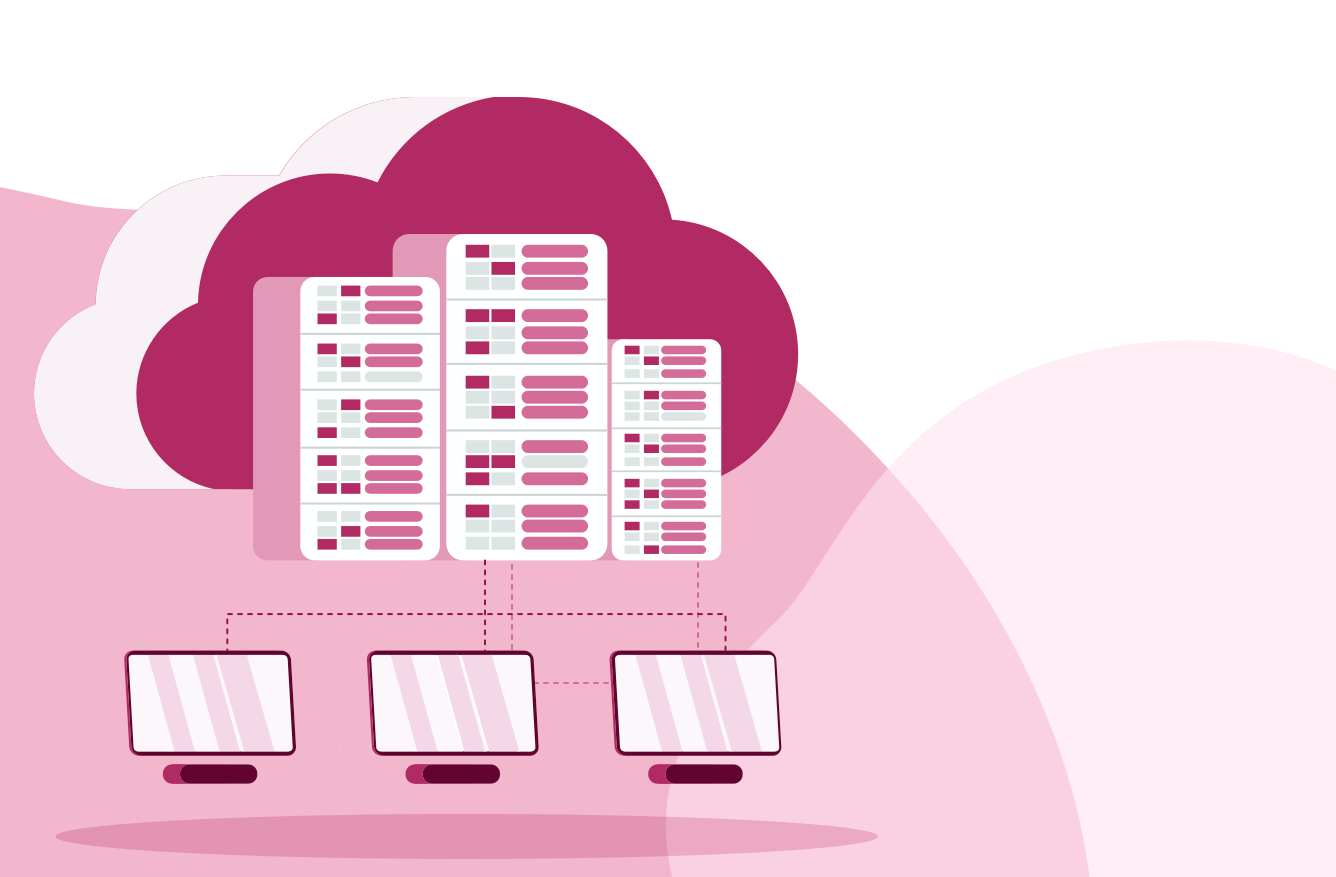In Cloud Consulting
In this article, we'll explore the benefits of microservices, common patterns for implementing them, and how they can be used to create a secure and scalable system, using Twitter as an example.

Management

What are Microservices?
Microservices are a type of software architecture pattern that focuses on building applications as a collection of small, independent services that work together to deliver the desired functionality. Each microservice is designed to perform a specific task, and communicates with other microservices through well-defined interfaces using lightweight protocols like REST.
The benefits of microservices include increased flexibility, scalability, and resilience. Because each microservice is independent, changes can be made to one without affecting the others. This makes it easier to add new features, scale up or down based on demand, and recover quickly from failures.
Microservices Patterns
There are several common patterns for implementing microservices, including the following.
API Gateway
An API Gateway is a centralized service that acts as a front-end for a collection of microservices. It handles all incoming requests, routing them to the appropriate microservice and aggregating the results. This approach can simplify the client-side code and make it easier to manage security, rate limiting, and other cross-cutting concerns.
Service Registry
A Service Registry is a central repository that contains information about all the available microservices in a system, including their location, network address, and available endpoints. This can help microservices find each other and communicate more efficiently.
Circuit Breaker
A Circuit Breaker is a pattern for handling errors in distributed systems. It works by wrapping calls to remote services in a protective circuit that can detect failures and quickly switch to a fallback mechanism. This can help prevent cascading failures and improve the overall resilience of the system.
Microservice Architecture
To build a microservice-based system, you'll need to consider several key architectural components. Let's take a look at some of them.
Service Discovery
One of the challenges of a microservice architecture is managing the many services that make up the system. A Service Discovery mechanism is needed to allow microservices to find and communicate with each other. This can be done using a Service Registry or a more lightweight approach like DNS.
Data Management
In a microservice architecture, each service is responsible for its own data storage and management. This can be challenging to coordinate, but can provide significant benefits in terms of scalability and flexibility. You'll need to consider how to manage data consistency and how to handle data migrations when services are updated or replaced.
Authentication and Authorization
In a distributed system like a microservice architecture, it's important to ensure that only authorized users and services can access sensitive data or perform critical actions. Authentication and Authorization mechanisms should be designed to work seamlessly with the microservices architecture and should be easy to manage and secure.
Microservices: Twitter example
Twitter is an example of a large-scale system that uses a microservice architecture. Twitter has over 330 million monthly active users and generates over 500 million tweets per day. To handle this load, Twitter's backend infrastructure is composed of thousands of microservices.
Twitter's microservices are designed to be highly available, scalable, and resilient. The microservices are organized into different layers, with each layer responsible for a specific function like user authentication, content storage, or real-time updates. Twitter's microservices architecture allows the company to roll out new features quickly, improve performance, and respond quickly to outages or other issues.
Authentication Between Microservices
One of the challenges of microservices architecture is handling authentication and authorization across multiple services. There are several approaches to this problem, including:
Token-Based Authentication
Token-Based Authentication is a common approach to handling authentication between microservices. It involves using a shared secret (like a JSON Web Token) that is passed between services to authenticate requests. This approach can be efficient and scalable, but requires careful management of the shared secret to ensure security.
OAuth 2.0
OAuth 2.0 is another popular approach to handling authentication and authorization between microservices. It involves using access tokens and refresh tokens to grant permission to access specific resources. This approach can provide more fine-grained control over access and can be easier to manage than a shared secret.
Mutual TLS
Mutual TLS (Transport Layer Security) is a security protocol that uses certificates to authenticate both the client and server in a request. This can be an effective way to secure communication between microservices and ensure that only trusted parties are able to communicate.
Conclusion
Microservices are a powerful architecture pattern that can help you build scalable, resilient, and flexible systems. By breaking down complex applications into smaller, independent services, you can improve performance, reduce complexity, and make it easier to add new features and capabilities.
When building a microservice architecture, it's important to consider the many patterns and tools that are available, including API gateways, service registries, and circuit breakers. You'll also need to consider how to handle authentication and authorization between microservices, using techniques like token-based authentication, OAuth 2.0, or mutual TLS.

